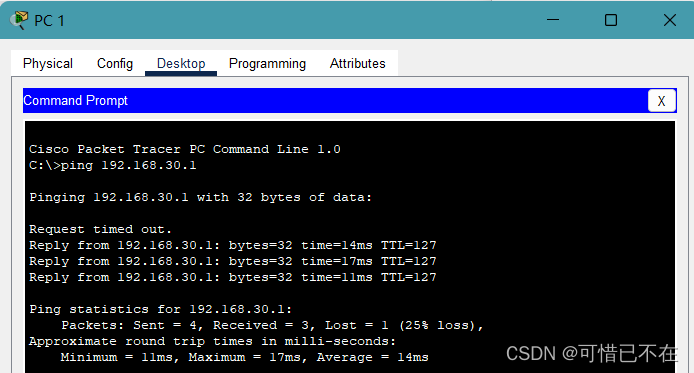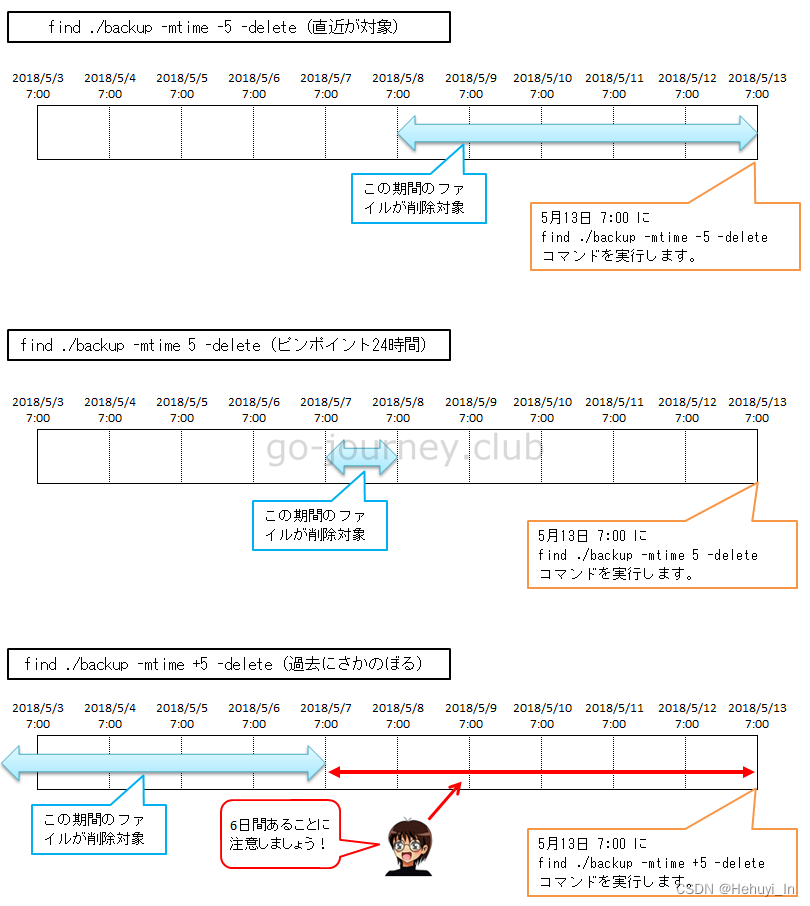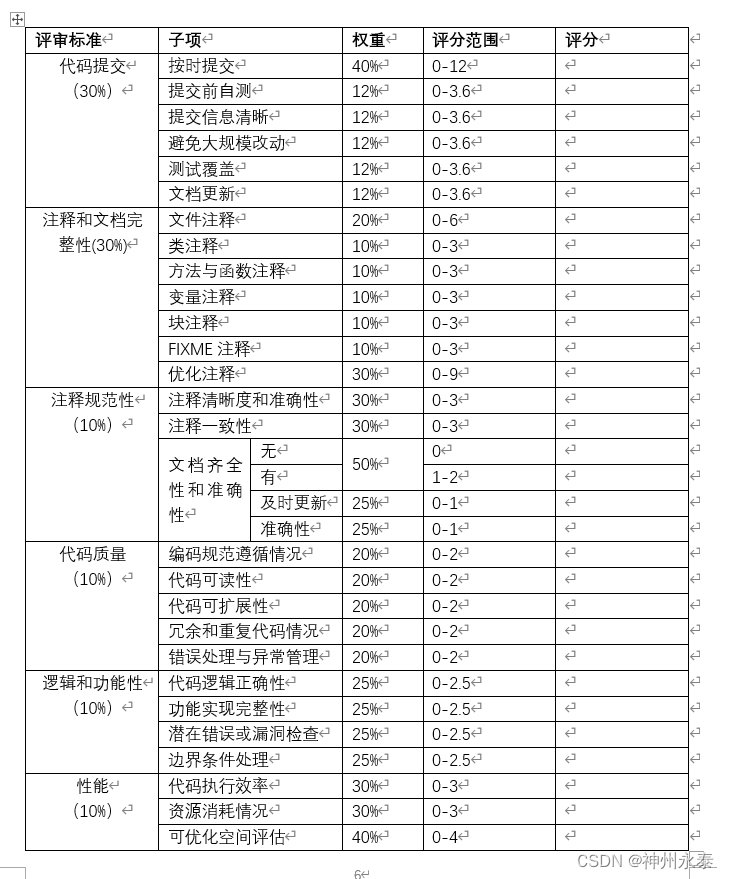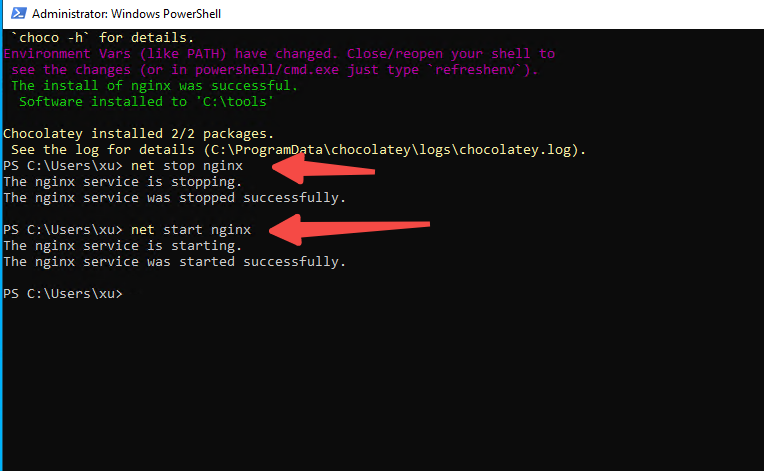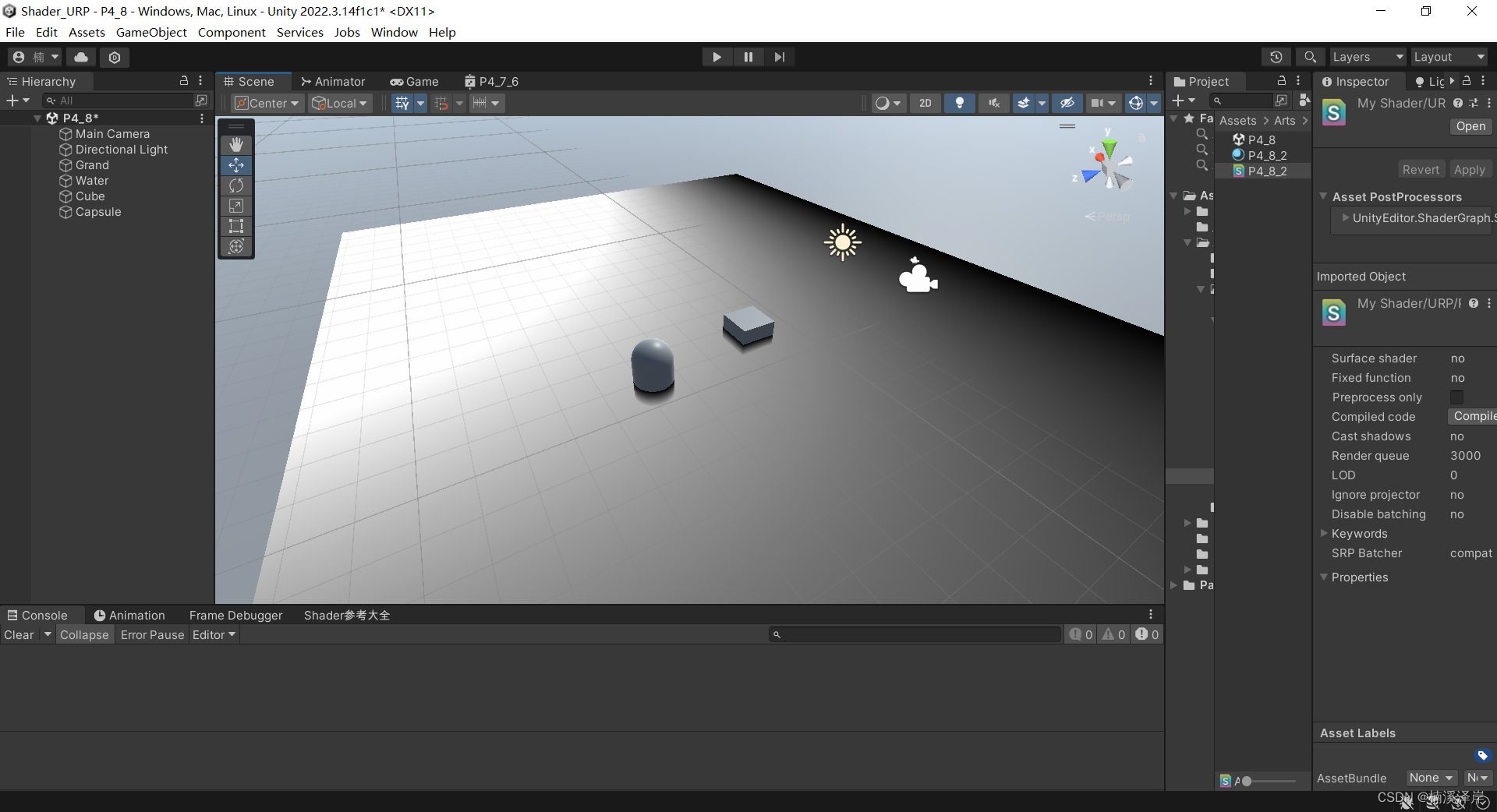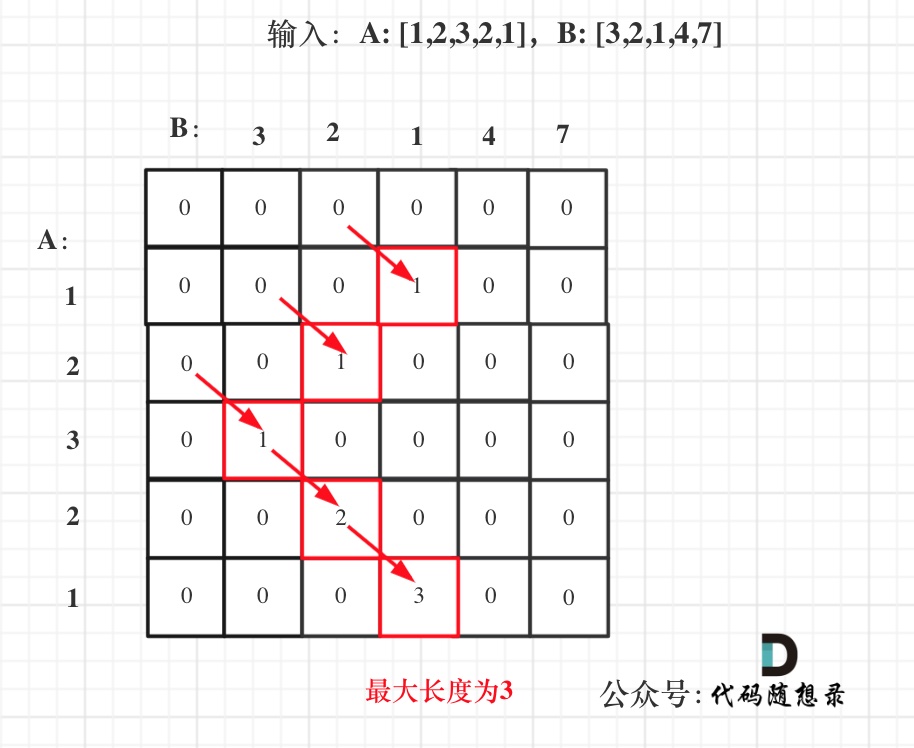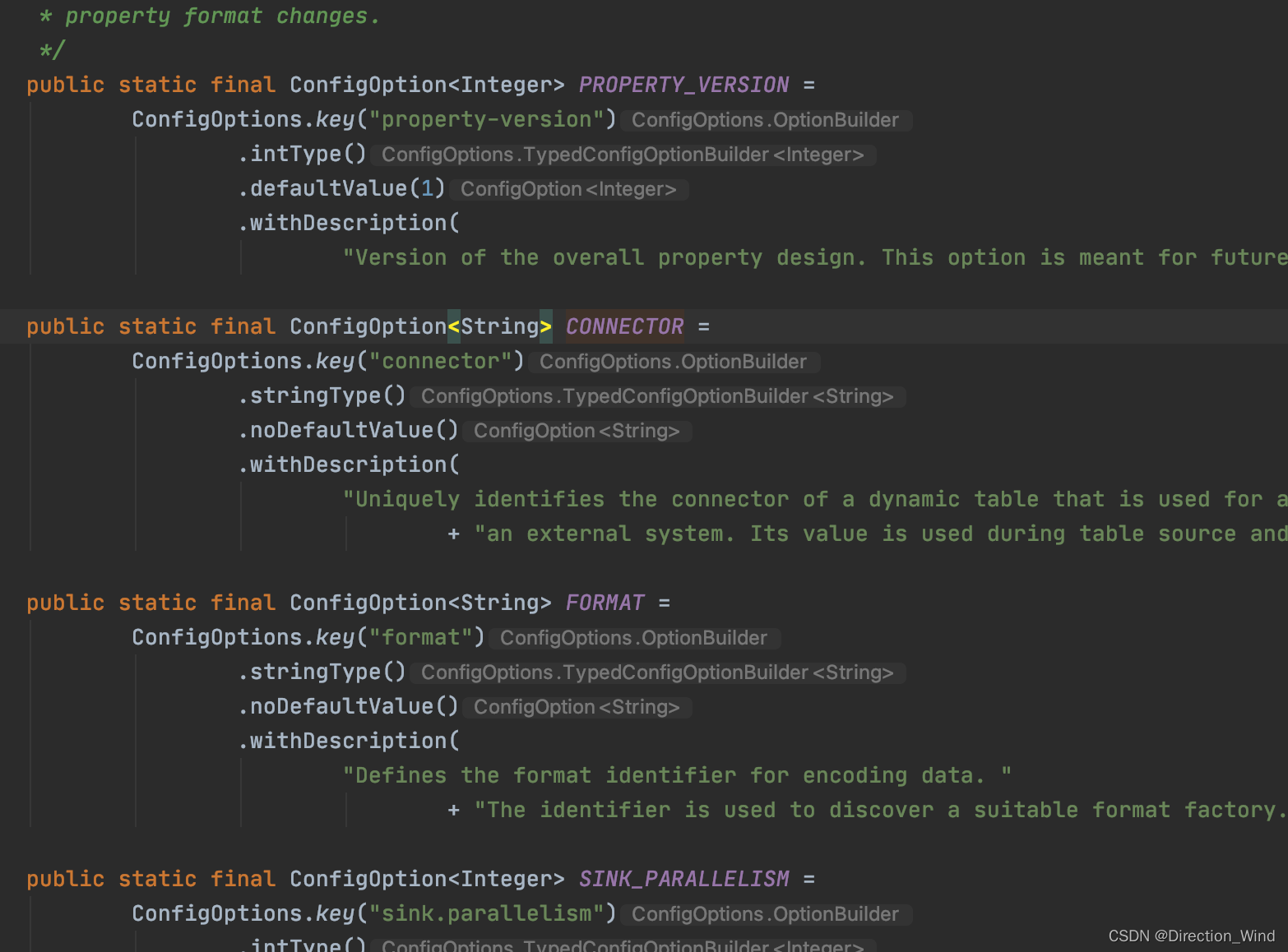1.编写函数,输出任意正整数n的位数(n默认为存储十进制的整形变量)
例如:正整数13,则输出2,;正整数3088,则输出4
#include <stdio.h>
int func(int n) {
int count=0;
while(n>0) {
n/=10;
count++;
}
return count;
}
int main() {
printf("%d",func(21222));
}2.编写函数,对给定有序整形数组进行整理,使得所有整数只保留一次出现。
例如:原数组为-2、-2、-1、0、0、1、4、4、4,则处理后的结果为-2、-1、0、1、4
#include <stdio.h>
int func(int *a,int n) {
for(int i=0; i<n-1; i++)
if(a[i]==a[i+1]) {
for(int j=i+1; j<n-1; j++)
a[j]=a[j+1];
i--;
n--;
}
}3.编写递归函数,求两个数x和y的最大公约数。公式递归定义如下:
#include <stdio.h>
int gcd(int x,int y) {
if(y==0)
return x;
else
return gcd(y,x%y);
}4.给定图1所示的存储学生信息的结构体数组(每个结构体包含3个字段:姓名、性别、成绩),编写函数,将指定文件in.txt中所有男学生信息存储到该结构体数组中。
(假定文件中存储信息与结构体信息格式相应)
| 张三 | 李四 | ...... | 赵九 |
| 男(true) | 女(false) | 男(true) | |
| 83 | 76 | 97 |
#include <stdio.h>
#include <stdbool.h>
#include <stdlib.h>
typedef struct student {
char name[20];
bool sex;
int score;
} student;
int save(struct student stu[]) {
FILE *file;
if((file=fopen("out.txt","w"))==NULL) {
printf("open error");
exit(0);
}
int i=0;
while(!feof(file)) {
fscanf(file,"%s",&stu[i].name);
fscanf(file,"%d",&stu[i].sex);
fscanf(file,"%d",&stu[i].score);
fscanf(file,"\n");
if(stu[i].sex)
i++;
}
fclose(file);
return i;
}5.给定图2所示的单链表,(每个结点包含2个字段:整数信息、后继指针),编写函数删除该单链表中整数信息为奇数的结点。
例如:若单链表中存储的整数信息依次为1、5、6、3、6、0、0、5、2、1,则处理后的链表中存储的key值依次为6、6、0、0、2。
#include <stdio.h>
#include <stdlib.h>
typedef struct node {
int key;
struct node *next;
} node;
struct node *del(struct node *head) {
if(head==NULL)
return head;
while(head!=NULL&&head->key%2==1)
head=head->next;
struct node* q=head,*p=head->next;
while(p!=NULL) {
if(p->key%2==1)
q->next=p->next;
else
q=p;
p=p->next;
}
return head;
}

